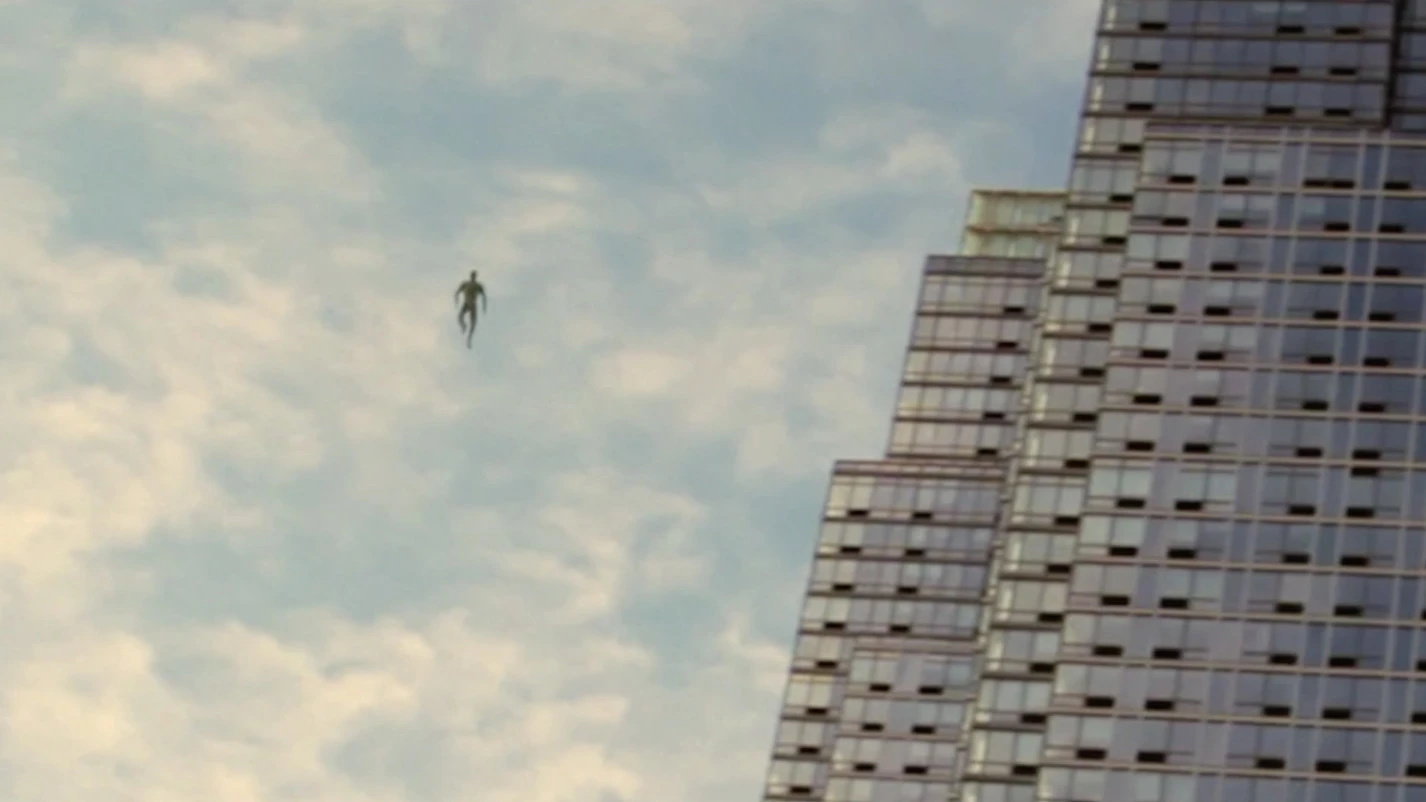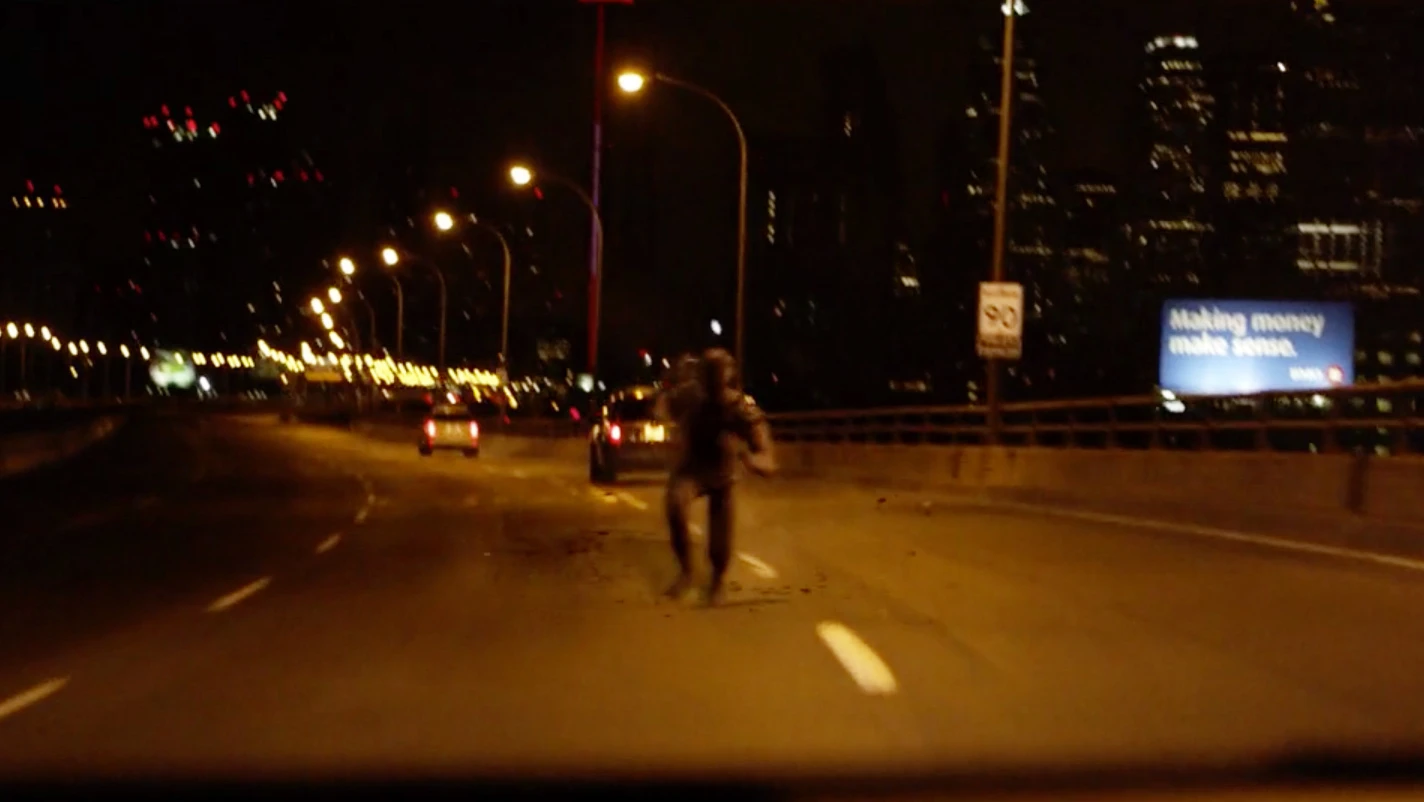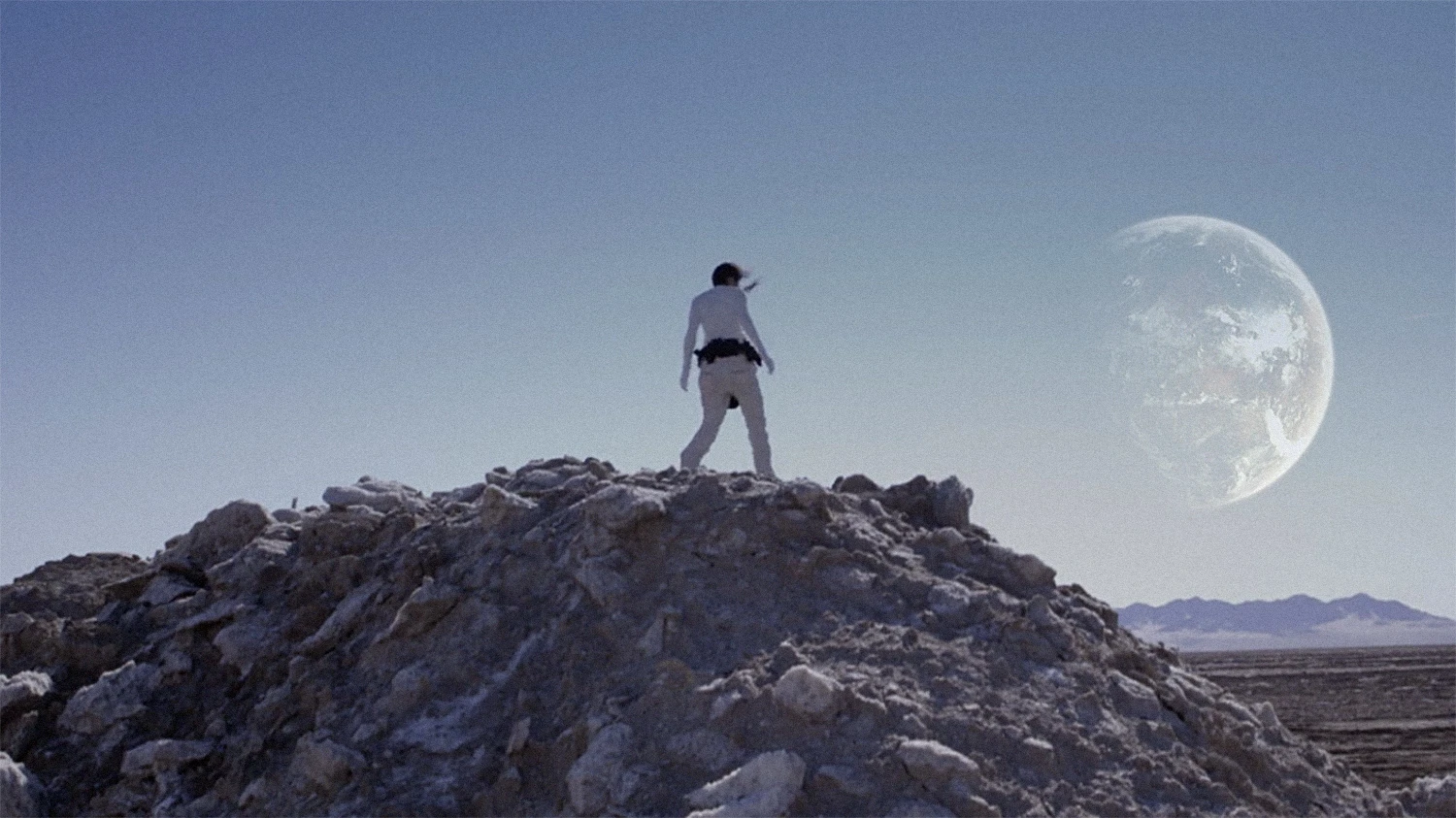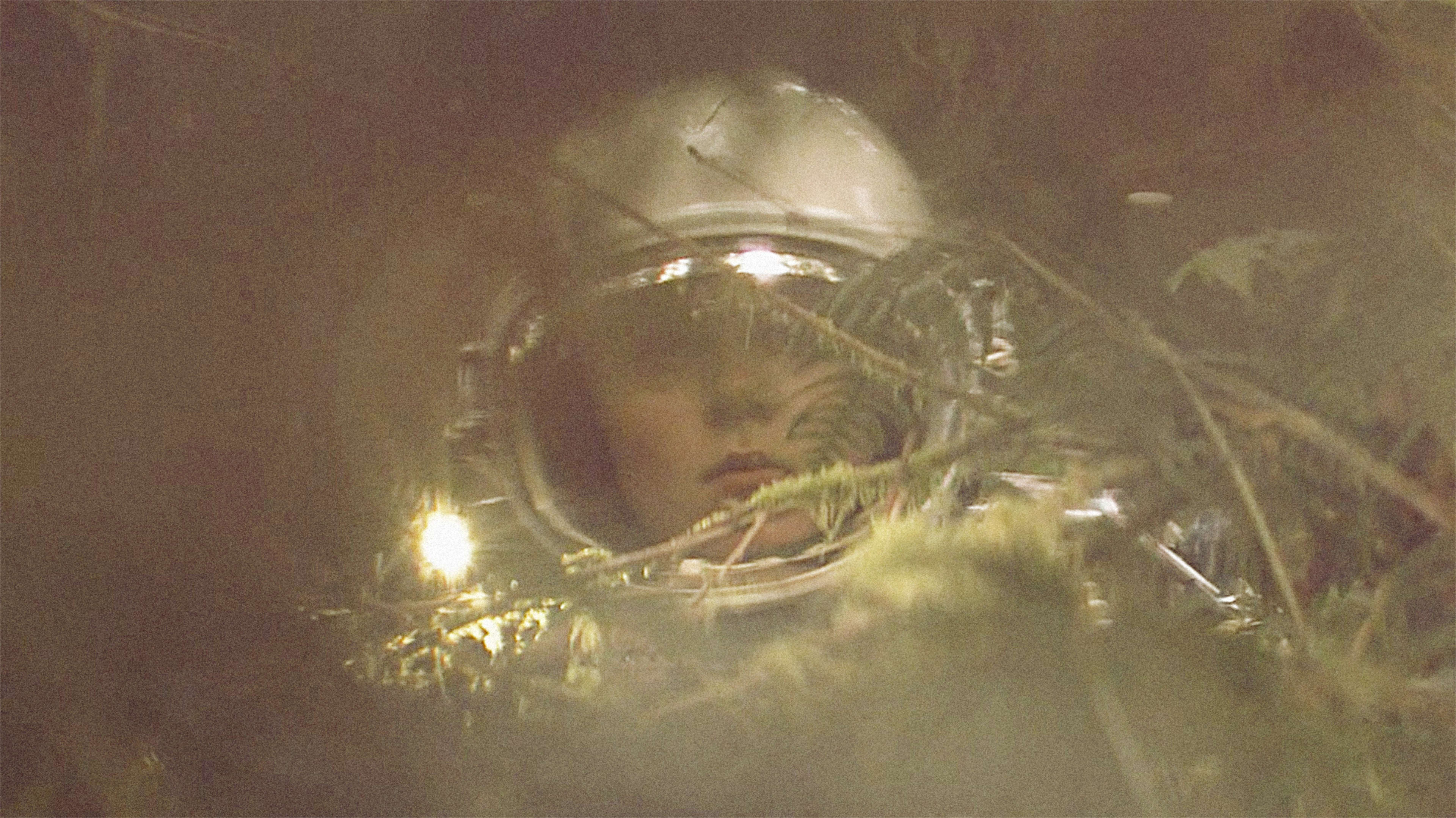Producer Scott Glassgold used to develop movies the old-fashioned way.
While at studios like Disney and New Line, he relied on scripts, treatments, pitches, and book options to generate movie content. That all changed a few years ago when Texas fanboy Jaron Pitts uploaded a trailer for an imaginary Green Lantern movie mashed up from bits of his favorite sci-fi flicks. Glassgold, eager to remake an obscure Serbian movie called Technotise, had a eureka moment. “When you pick up the phone and call someone and say, ‘Hey, I’ve got the rights to this great Serbian animated movie!’ it doesn’t get them too excited. But when [Pitts] cut a proof-of-concept trailer for Technotise, it went from a tough sell to the point where we got Avatar cowriter Laeta Kalogridis on board and sold the property to Legendary Pictures.”
Since then, Glassgold has brokered movie deals for half a dozen sci-fi proof-of-concept short films (showcased in the gallery above) that were discovered online and created, largely, by one-person operations on shoestring budgets. Describing his stable of clients as “world builders,” Glassgold says, “Science fiction and proof of concept are a great marriage because an individual artist can now use visual effects to create a unique world on a minimal budget and basically make a statement: ‘Not only do I have great ideas but I can self-create them in my own bubble.’ You then take that short to a studio or financier and say, ‘Just imagine what this filmmaker could do with further underwriting or a great team.'”
Case in point: Rosa, a stunning ten-minute short, showcased the handiwork of Spanish comic book artist Jesús Orellana, who spent eleven months in his Barcelona basement single-handedly animating the adventures of a mysterious cyber-woman. Glassgold discovered Rosa online and in 2012 sold the property to 20th Century Fox.

Busting Out of the Bubble
Glassgold is hardly the only Hollywood player trawling the web for viral source material. Warner Bros.’ upcoming horror flick Lights Out started out as a three-minute short, while the year’s R-rated smash Deadpool languished in development hell for years before director Tim Miller’s leaked test footage enthralled fans and inspired Fox to greenlight the project.
But Glassgold has built his entire Ground Control company around the viral-to-feature pipeline. “For me it was a matter of organizing a business model for proof of concepts, which I believe stand shoulder to shoulder with the pitch, with the spec script, with the book. In an era when most well-known IP is owned by a handful of studios, we’re essentially creating intellectual property that can get millions of viewers within a week’s time and harnessing that to adaptation.”
Glassgold discovers most of his filmmakers on the Vimeo HD video service. “In order to stay one step ahead, I’m constantly on the lookout and sleeping with one eye open, because I believe there are tons of creators to be discovered out there on a daily basis. By the time any of these shorts appear on blogs or websites, the horse is already out of the barn, and it’s too late for me to get involved.”

The Saga of “Flying Man”
Glassgold’s stable of clients hail from Chile, Brazil, Germany, Spain, Russia, Australia, Romania, England, and the U.S., including Portland-based Shep Films duo Zeek Earl and Chris Caldwell. “The Internet is great for discovering talent because I can see somebody’s great short from anywhere around the world and within five minutes we can already be spitballing ideas.” Glassgold reached out to Brazilian visual effects artisan Marcus Alqueres shortly after watching his proof of concept Flying Man. “When Flying Man showed up in my Vimeo stream, I could see within 30 seconds, that’s a movie, if not a whole franchise,'” Glassgold recalls. “I contacted [Alqueres] and we decided to collaborate.”
Glassgold and Alqueres worked with writer Chris Collins (The Wire, Sons of Anarchy) to develop a screenplay, and last fall he sold Flying Man to Sony/Columbia Pictures. “We decided to develop our own screenplay so the story’s not in such an embryonic stage,” Glassgold says. “It made for a very enticing package.”

As Glassgold’s reputation for breaking DIY sci-fi auteurs expands, filmmakers now sometimes reach out to Glassgold, as when visual effects artist Stephan Zlotescu emailed him a 15-second teaser for futuristic body-organ-trafficking detective tale True Skin. “Just from the those 15 seconds, I could tell [Zlotescu] was doing something special,” Glassgold says. We helped him ready the six-minute version of True Skin for launch and within 72 hours, we had very significant offers.” After the property stalled in development at Warner Bros., Glassgold this month cut a deal with Amazon Studios to turn True Skin into a TV series.

How to Make a Killer Proof of Concept
Glassgold points out that relatively low-cost technology has dramatically lowered the price of admission for filmmakers seeking to make a name for themselves. “You can shoot something on your iPhone, edit it on your Mac, and launch it on Vimeo,” he says. “The threshhold for entry has been greatly reduced.” But with millions of videos uploaded on a daily basis, how does Glassgold separate the wheat from the chaff?
He says, “In terms of what I look for in a proof-of-concept short, it’s a combination of things starting with instinct. Usually within about five seconds of watching a short, I know if it’s a skilled director, or if they’re skilled simply in visual effects. Obviously you want both.”
“The second thing you look for is storytelling that can be developed further into another medium. That’s the litmus test. I’m looking for both a talented creator and also ripe source material.”
As Glassgold and his team sift through the daily avalanche of new material in their search for the next great proof of concept, they run across the same problem time and again. “The mistake I see most often is that people confuse visual effects for storytelling,” Glassgold observes. “Razzle dazzle only holds up for so long without a good story idea. And the other thing is familiarity in concept. Judging the market right now, there’s an abundance of straight dystopia out there that we’ve seen a thousand times before in shorts or features. I’m looking for that original voice.”
Recognize your brand’s excellence by applying to this year’s Brands That Matter Awards before the early-rate deadline, May 3.











